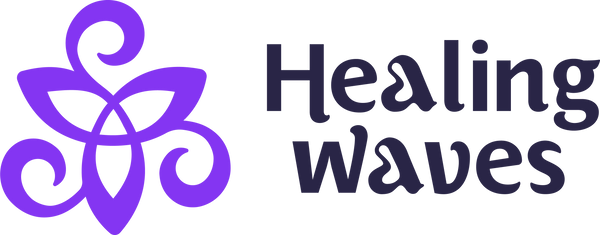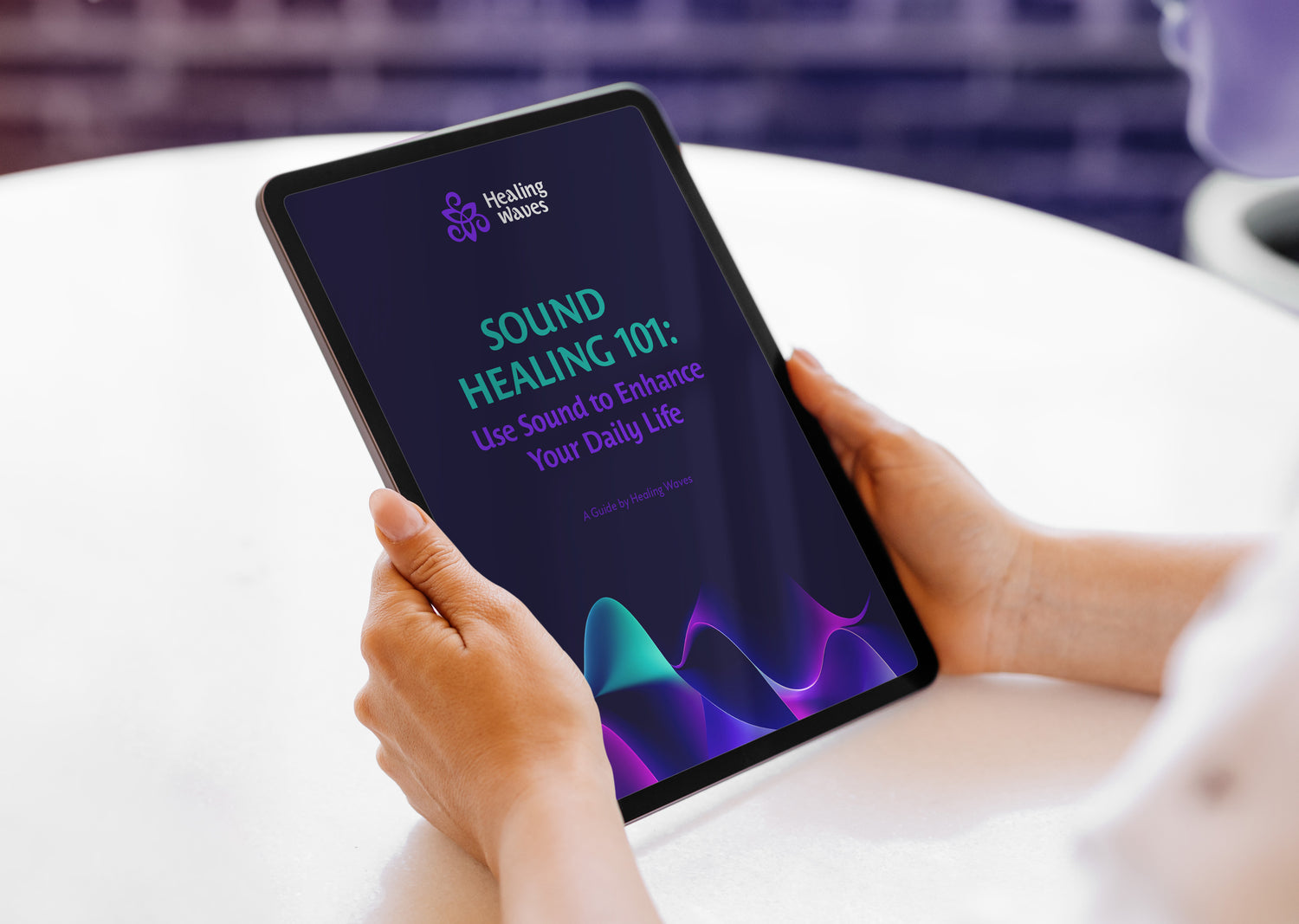New to yoga?
If you are brand new to yoga, there are certain postures that are essential for you to learn so you can feel comfortable in a class or practicing on your own at home. These beginner yoga poses will help you create a strong foundation and find a love for the practice.
As a yoga beginner, you might feel overwhelmed by the sheer number of poses and their odd-sounding names. Relax—your yoga practice is a lifelong pursuit, giving you plenty of time to learn scores of postures.
In yoga we learn a discipline of the body which comes out of awareness and attentiveness, tuning in to our body’s subtle energy flows and the life-giving rhythm of our breathing. The idea is that through entering more deeply and subtly into our physical experience, we can become more connected with ourselves, more grounded, and less swayed by anxieties or neurotic cravings for things that will not truly satisfy us. This can be a very positive influence on our approach to life, offering an antidote to the alienated rushing and disconnection from ourselves that characterizes much of our modern world. Read more about A Beginner's Guide to Yoga.
As you progress, you can take on more challenging poses but it's a good idea to keep things simple when you're just starting .The Beginners yoga poses outlined here are valuable enough to keep you occupied for a long time.
“When you listen to yourself, everything comes naturally. It comes from inside, like a kind of will to do something. Try to be sensitive. That is yoga.”
Petri Räisänen
5 Yoga Poses Perfect for Beginners
Yoga utilizes all muscle groups, and that makes it an excellent workout. It’s perfect for everyone—from beginners to advanced practitioners. Here are five beginner yoga poses you can do to start your day right!
Mountain Pose - This pose looks easy, because it’s basically just standing. But it’s the basis for all the other standing poses and inversions. This is a good time to talk about alignment, which is the way that your body parts are ideally arranged in each pose. The alignment in mountain pose draws a straight line from the crown of your head to your heels, with the shoulders and pelvis stacked along the line. Every body is different, so focus on rooting down with your feet and lengthening up with your spine.

Steps:
- Stand with your big toes barely touching, and your heels slightly apart. A good way to gauge your stance is to see if your second toes are parallel.
- Press into all four corners of your feet: big toe, little toe, right side heel, left side heel. As you push into your feet, feel how that engages your entire leg and keeps those muscles active.
- Take a deep breath and roll your shoulders up and back, releasing them down, so your shoulder blades are resting toward each other and your neck is long.
- Take a few deep breaths here. Close your eyes if you like.
Mountain Pose - Tree pose is a good introduction to balancing postures. If you feel yourself beginning to topple, you can step out of it easily. Try not to create a counterbalance by jutting your hip out to the side on your standing leg. Focus your gaze on a spot on the floor, and try varying foot positions to see what works for you: Heel resting low on ankle, on a block, or above or below the knee.

Steps:
- Start in mountain pose with your toes together and heels slightly apart.
- Bring your right foot to the inner thigh of your left leg. Squeeze your foot and inner thigh together. The knee of your right leg should be turned out and your right thigh facing down toward the ground at a 45-degree angle.
- Once you’ve found your balance, lift your hands to the prayer position in front of your chest (as shown), or up overhead if that feels better for you.
- Keep your gaze focused on a fixed point in front of you to help stay balanced.
- Hold for 5–10 breaths, then switch sides.
“Meditation brings wisdom; lack of meditation leaves ignorance. Know well what leads you forward and what holds you back, and choose the path that leads to wisdom.”
Buddha
Downward Facing Dog - This pose stretches hamstrings, chest and lengthens the spine, providing additional blood flow to the head. It will leave you feeling energised. Sit on your heels, stretch your arms forward on the mat and lower your head. Form a table, like pushing your hands, strengthening your legs and slowly raising your hips. Press your heels down, let your head hand freely and tighten your waist.

Steps:
- Come on to all fours with your wrists under your shoulders and knees under your hips. Tuck under your toes and lift your hips up off the floor as you draw them up at back towards your heels.
- Keep your knees slightly bent if your hamstrings are tight, otherwise try and straighten out your legs while keeping your hips back. Walk your hands forward to give yourself more length if you need to.
- Press firmly through your palms and rotate the inner elbows towards each other. Hollow out the abdominals and keep engaging your legs to keep the torso moving back towards the thighs. Hold for 5-8 breaths before dropping back to hands and knees to rest.
Upward-Facing Dog - Is often practiced in sequence with downward facing dog pose. It is a powerful pose that awakens upper-body strength and offers a wonderful stretch for the chest and abdomen.

Steps:
- Lie on your stomach on the mat . Stretch your legs back, with the tops of your feet on the mat. Bend your elbows and spread your palms on the mat beside your waist.
- Inhale and press your inner hands firmly into the mat Then straighten your arms and simultaneously lift your chest up and your legs a few inches off the mat.
- Pull your shoulders back, squeeze your shoulder blades, and tilt your head toward the ceiling, to open up your chest.
Low Plank Pose - It Is a yoga posture in which the body is held off the ground, face down and supported by the palms and toes. From plank pose, the body is kept straight and parallel to the ground as the elbows are bent to right angles, keeping them close to the body. The body shifts forward to maintain the alignment in the shoulders and arms.

Steps:
- Start in Plank Pose with your palms flat on the floor, hands shoulder-width apart, shoulders stacked directly above your wrists, legs extended, and core engaged.
- Slowly lower down to a Low Plank by bending your elbows, keeping them tucked in close to the side of your body, until they form 90-degree angles.
- Hold for 1 breath.
- Typically, this pose is followed by Upward-Facing Dog, the next pose on this list.
”Meditation can help us embrace our worries, our fear, our anger; and that is very healing. We let our own natural capacity of healing do the work.”
Thich Nhat Hanh
We hope learning these easy yoga poses for beginners has inspired you to take a stab at the world of yoga! Remember, you don’t have to strive to be a master, or even to eventually reach advanced poses. Yoga should be for you exactly what you need it to be. You can make allowances and adjustments for any physical issues you have, or you can simply use it as healthy mental relaxation.
Yoga is best practice with yoga music since it is commonly related to meditation, relaxation, and peace of mind in general. Playing yoga music during your yoga practice can help you to get into the flow more easily and can give you that extra push to fully go for it. Try Healing Waves Yoga Album - A Yogic Path!
Join our Community now, Facebook Community or Instagram Community
P.S- You Can Combine Yoga Equipment, Meditation Music or Meditation Tools to boost and to gain more from your Yoga and meditation practice.


